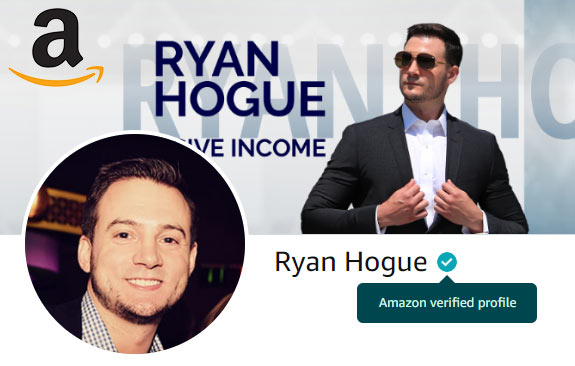Two of the highest volume products in the dropshipped print on demand space are t-shirts and mugs, so it makes sense for sellers to prioritize targeting them, and launching their best designs on those products.
But when you find a specific design or niche that's selling particularly well, it's in your best interest to capitalize on it by launching variations of that design, as well as placing that design on more products.
One of my favorite "secondary" or "supplemental" print on demand products to launch best sellers on is hats.
There's lower competition than you would think on hats, as many sellers don't use integrations that offer them as an option.
But with Printful, we can easily launch 17 different styles & types of hats with our designs in no time!
This article will deal specifically with how we can take our existing designs and optimize them for hats.
Check out my previous article: Selling Printful's Customizable Embroidered Hats, where I cover:
- How easy Printful makes selling dropshipped print on demand hats
- My target price points for selling custom hats
- The workflow to connect Printful to your eCommerce platform of choice, including what happens following a sale
I recommend giving that article a read & then coming back if you're not already selling hats somewhere like Amazon, Etsy, or eBay.
Which Designs Work Best For Hats
By "simple design", I mean simple text-based designs that you might be selling well on shirts or mugs, and transfering them over to hats.
If you read my simple t-shirt design ideas part 2 article where I showed you how to created distressed designs, that's great! But distressed designs don't work on embroidered hats.

You'll want your simple graphics or text based designs to be completely solid, as embroidery rules are very strict about how thin lines and gaps can be.

Optimizing Best Selling Designs For Hats
Optimizing your designs for hats isn't required, but trust me - it will save you time in the long term.
What I mean by that is you can take the exact same print file that you uploaded to a t-shirt (typically that means using my 5400x4500 px designs optimized for Amazon Merch)

While we're on the subject, you can read about nightstand lights here.
And use Printful's editor to adjust it as needed:

Over time this becomes a long, tedious process, and there's a much better way!
- Start with a large, bold design - the color doesn't matter - you pick the thread color in Printful's UI regardless of the design's color

- Right click the text layer & click "rasterize type"


- With the (now rasterized) text layer selected, do a ctrl+a (select all) followed by a ctrl+c (copy)

- Now go to File > New, then click "Create" (Photoshop should optimize the canvas size based on the layer you just copied)

- Click the eye icon next to the background layer to hide it


- Now save the file (ctrl+shift+s)

- When you upload the new design file to printful, it's automatically scaled to occupy as much of the customizable space as possible, without adjustments being necessary!

- Last, pick your embroidery type (I use "flat embroidery" - the cheapest option) & your thread color (1 color per layer, up to 4 layers)

If you use the same file, with the same positioning on hats across different sales channels (Amazon / Etsy / eBay) then your file digitization will only need to be paid for once on any one channel, and never again.
This is a great bump for your profits, and file digitization costs (currently $8.95 per file) typically make your first sale of a new design break even at best.
Using Different Color Threads In Custom Hats
Using different color threads in your hat design takes some extra work in Photoshop.
You'll need to split your design into different layers, where 1 layer = 1 thread color. Once they're saved as separate files, upload them to Printful.

Save each layer separately from Photoshop & upload them as separate files into Printful. Following each upload, choose a thread color for that layer (up to 4 different colors)

This is one place where the Printful UI (which I typically love) makes it a bit hard to work, as selecting the layer you want becomes difficult if there's any overlap at all.

Also, keep in mind that there's a maximum number of stitches per product, so you can't fill the entire customizable space up with a solid color.

















